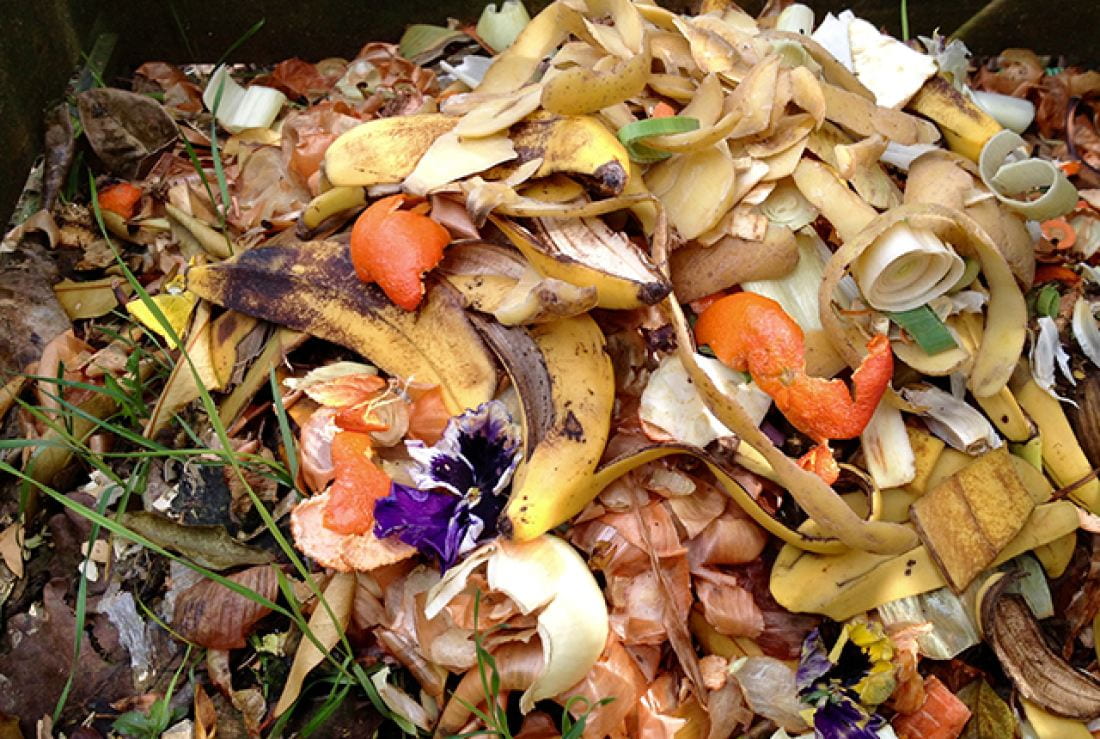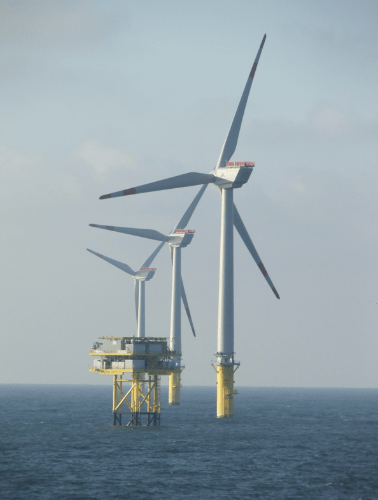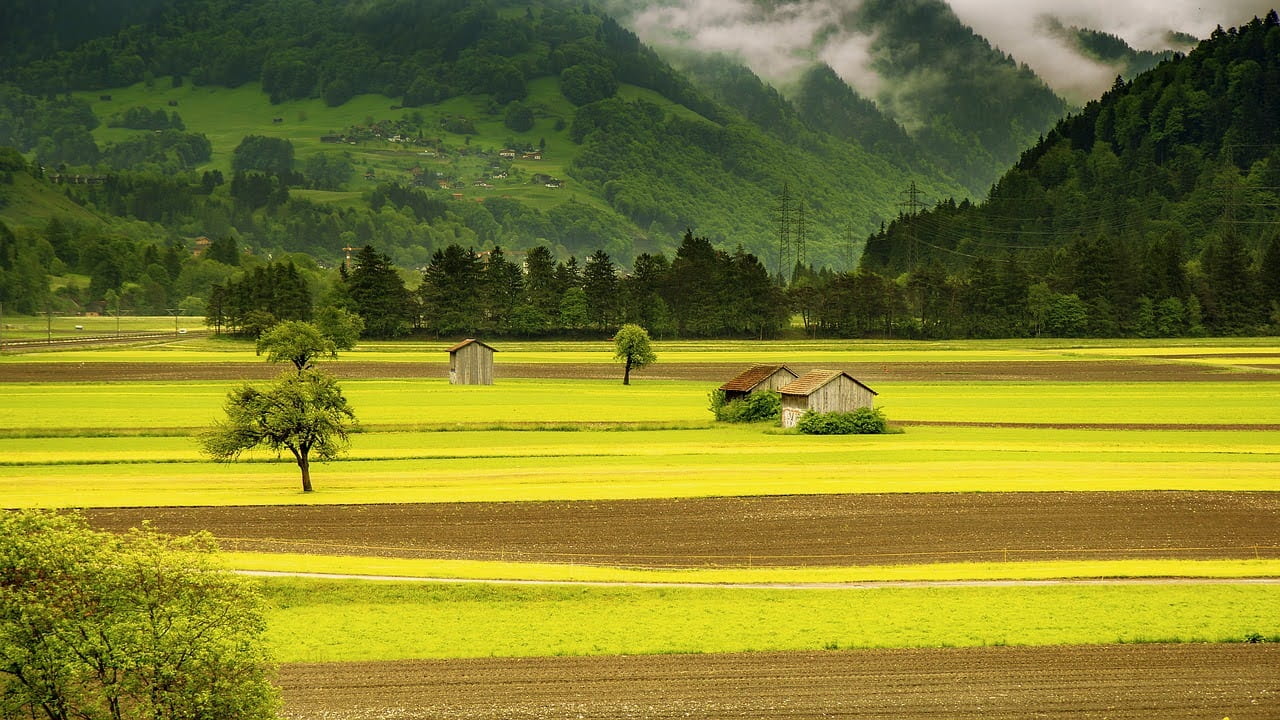Food Waste: Issues and Prevention
The Big Picture
Annually, around one-third of all food produced globally is either lost or wasted (United Nations). This is one-third of the world’s food supply that is thrown out either during production or later by consumers. To put this quantity into perspective, it amounts to 1.3 billion tonnes of food. If this figure still does not emphasize how big the issue is, then we may want to look at food waste from other metrics: wasted food “costs 2.6 trillion US dollars annually and is more than enough to feed all the 815 million hungry people in the world – four times over” (Pixabay).
There is some loss or waste of food in every stage from farm to table. The reasons range from bumpy roads causing spillage during food transportation to overly-selective customers rejecting imperfect products.No matter the reason, it does not excuse why there are such vast amounts of food being wasted when so many people are still left hungry (en.rest). As food options and production technologies have increased so has the amount of food wasted. It is a growing problem that must be solved as the demand for food keeps increasing with population growth. Yet we have the capabilities to produce enough food for everyone in the world if our resources and end results are used efficiently.
What is Food Waste and Food Loss?
Before diving deeper into the issue we first must differentiate between food waste and food loss. The two terms may sound synonymous and both refer to uneaten food, but they categorize when the food was separated from the food supply chain differently (FAO). The term “food loss” refers to food that is discarded during the production stages, which includes “harvest[ing], storage and transportation” (Pixabay). The term “food waste” refers to food that is “fit for human consumption but thrown away,” which happens at the end of the food chain and usually done by consumers, restaurants or supermarkets (Pixabay). It is important to know when food loss or waste is occurring because it makes it easier to target the issues and build more sustainable food systems (FAO).
It is also important to note the difference of food loss and waste in industrialized and developing countries. There is a trend that most food is thrown out in the production stage in developing countries while the majority of food is thrown out by consumers in developed countries. This can be seen as in sub-Saharan Africa, where “83 percent of food is lost [due to] production, handling/storage and processing,” while in North America only “32 percent is lost in earlier [stages] and 61 percent is wasted by consumers” (Pixabay). This amounts to consumers in industrialized countries wasting 222 million tons of food, which is almost as much as the net food production of sub-Saharan Africa (230 million tons) (Food Fuel Future). Due to these drastic differences, each country must tackle food waste prevention in distinct ways. By isolating where the issue is occurring, each country can do their part to reduce the amount of wasted resources and increase the amount of food on tables.
Causes
Food passes through a long process from farm to table, and there is wasted or lost food at every single stage. In particular, “fresh foods such as fruits, vegetables, dairy and meat are particularly vulnerable” (Pixabay). On the farm food is lost due to not meeting the “perfect” aesthetic standards of retailers, surplus yields from farmers over planting to secure crops in case of weather changes, and even “limitations in harvesting technology can result in damaged produce or poor yield” (Pixabay). Food is also lost during transportation due to inefficient cold chains, or temperature-controlled supply chains, that keep perishable food from rotting. These industrial complications disproportionately affect low-income countries due to the lack of resources and money for small farmers to buy the necessary vehicles. For example, the “lack of a sustainable cold chain contributes to 4.4 billion [British pounds] worth of fruit and vegetables being wasted annually in India” (Pixabay).
On the consumer’s side waste is generated due to ill planning of already bought food, buying an excess amount of food, and pickiness when deciding which food to buy. There is a tendency for consumers to buy or prep too much food, and the excess food inevitably goes bad as it is not used before the expiration date. Consumer preference for “unblemished” vegetables and fruits leads to many items with one small brown spot waiting to be thrown out at the grocery store. People may also throw out food due to misunderstanding food labeling, which includes best by, sell by, and use by dates that do not all mean the same thing and can lead to perfectly good food being tossed. Below the graphic by Food Insight depicts the differences between the dates and to make informative decisions based off of them. The over-prepping by restaurants, hotels, and the food industry also directly leads to an increase in excess food that has to be thrown out at the end of service every night (Conserve Energy Future 2017). These habits lead to people unconsciously wasting food and their money on a daily basis.

Effects
The discarding of perfectly good food affects many aspects from the environment, the resource supply, and the people living on earth. First off, we must be aware that once food is lost or wasted, “all the resources that have been used to produce it (water, land, energy) are also wasted, at the same time as the calories and nutrients they contain are wasted” (Think Eat Save 2019). So all the energy and resources that were put into growing, harvesting, and transporting the food are shriveling away in the landfill. This causes an inefficient use of resources and adds to our blue water footprint and carbon footprint. The blue water footprint is a measure of the amount of drinkable water that is wasted, while the carbon footprint measures the total amount of greenhouse emissions that are emitted into the atmosphere. We are harming the environment more and more as both these measures increase due to a lack of efficient usage of resources. We are simply depleting the small amount of raw materials we have without receiving any benefit.
Forgone nutrients lead to an acceleration of climate change due to an increase in greenhouse gas emissions from the food production stage and from the landfill. The amount of food that is produced and later wasted is “equivalent to 3.3 billion tons of greenhouse gas emissions” (Conserve Energy Future 2017). This number includes the fossil fuels that are used during production but also the methane gas that is produced by food rotting away in landfills. Methane is a greenhouse gas that is “28 times more powerful at trapping heat than carbon dioxide,” meaning the amount that is produced in landfills is very potent and powerful (Cornwall). With these emissions combined, food waste is seen as the “third biggest emitter of greenhouse gases” globally (Conserve Energy Future 2017). Throwing out one bad apple because we forgot about it may not seem like it would have this big of an impact, but when everyone is doing the same, our small “harmless” actions begin to multiply.
Prevention
To aid in the reduction of food loss and waste, there are changes that need to happen in the production system, but many changes also have to be done on the consumer end. To begin with, a balance has to be found between the amount of food being produced and the amount of food demanded. If only the amount needed was being produced, then there would be no surplus of food to be wasted, and resources could be shifted to be used in more efficient ways. More research must be done to create better harvesting methods, processing, and distribution to avoid unnecessary food loss. If the food industry worked on “the production of small batches or used the cook-to-order option,” leftover food could be eliminated as well (Conserve Energy Future 2017). On the consumer end the mindshift must switch from buying food in bulk packages to only buying the amount necessary and that can be eaten before it goes bad. By limiting the quantity that is brought into the household, less food will be wasted due to excess. Individuals can also learn how to preserve food (by canning or fermenting it) to expand its shelf life. Even freezing leftover rice for the following week instead of throwing it out goes a long way.
A new method to reduce food waste that is being looked at is food recycling, whereby old stale bread can be turned into various high nutrient feed for livestock. This method allows for a reduction in raw materials being used to create animal feed and reduces the amount of nutrients going into the landfill. But one of the easiest ways to reduce personal food waste is by composting! This solution cannot be stressed enough. By composting uneaten food, the raw materials can be broken down naturally to be turned into fertilizer for crops. Industrial composts are also becoming more common in cities, allowing the process to become more accessible and widespread. Composting returns nutrients to the soil and reduces methane emissions from landfills.
Conclusion
Food waste is seen as a global paradox as society emphasizes the need to improve food security, yet one-third of our food ends up in the landfill. There has slowly been an increase in food waste awareness, but as the population keeps increasing the amount of valuable nutrients wasted must decrease. Producers and consumers must come together to end this food fight and reduce the harm that is being done to the environment and the food supply of future generations.
A great way to get involved in preventing food waste on campus is through the Food Recovery Network (FRN)! FRN is an organization that connects students at college campuses across the country to the resources they need to help fight food waste locally. Our chapter on campus collects leftover food from the cafeteria to create and distribute meals at different locations around San Francisco. FRN donates multiple times a week so make sure to check them out this fall semester to get involved.
Works Cited
“Causes, Effects and Solutions of Food Waste.” Conserve Energy Future, 13 Sept. 2017,
www.conserve-energy-future.com/causes-effects-solutions-food-waste.php.
CornwallFeb, Warren, et al. “Humans Are a Bigger Source of Climate-Altering Methane, New Studies Suggest.” Science, 20 Feb. 2020,
“Environmental Impact of Food Waste in the US.” Think Eat Save, 11 Oct. 2019,
www.thinkeatsave.org/environmental-impact-of-food-waste-in-the-us/.
“Food Loss or Food Waste? Anything but the Same, Says FAO Expert.” Food Loss or Food Waste? Anything but the Same, Says FAO Expert,
www.fao.org/europe/news/detail-news/en/c/277058/.
Food fuel Future. “What Is Food Waste.” Sustainable America,
Pixabay, et al. “Global Food Waste and Its Environmental Impact: Green Living.” RESET.to,
en.reset.org/knowledge/global-food-waste-and-its-environmental-impa
c-09122018.



